
How Content Drives the Customer Journey
In today’s always-on world, content drives the customer journey. Unfortunately, given the importance of content for SEO, we often overlook the role content plays in not only creating awareness but driving customers from awareness to conversion.
How content drives the customer journey
First, let’s take a look at the customer journey itself so we’re all on the same page.
Here’s how Google might display a customer journey involving touch points where customers interact with you across platforms and channels.
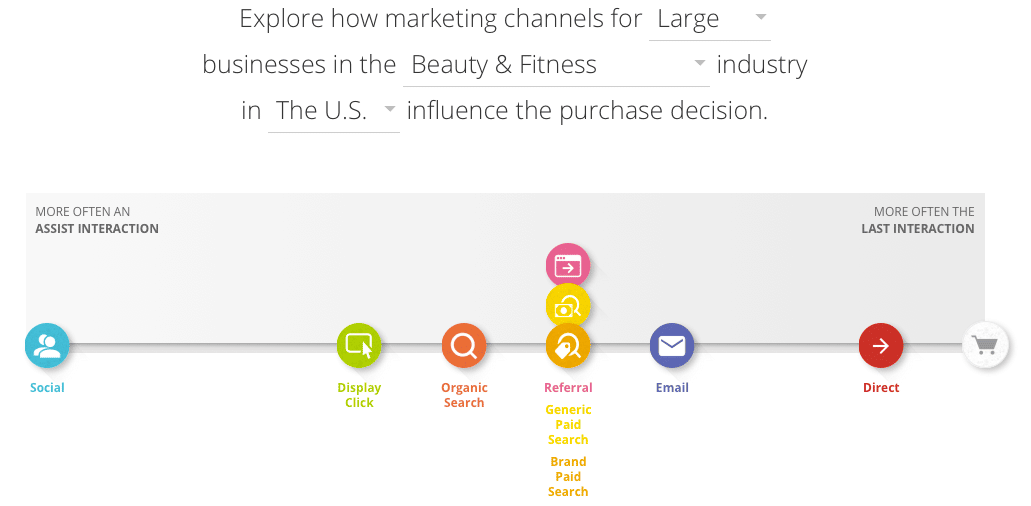
Unfortunately, the customer journey is often not so linear and may take days or weeks as the customer moves toward conversion, making it difficult to accurately depict the true customer journey that probably looks more like this:
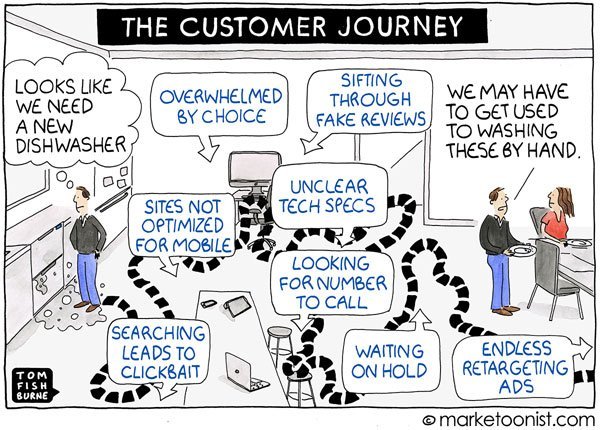
Creating content that drives the customer journey
To avoid the dysfunctional customer journey depicted in the cartoon above, you need to create content with the customer in mind, not the IT staff. Crafting this customer-centered, smart content can pit marketers, who want to optimize the content for the customer journey, against developers who want content that easy to create, easy to maintain, and that generates elegant and efficient websites
That’s because the goals are different between the two functional areas. Marketing is charged with increasing conversion rates, while developers are asked for speed, efficiency, and SEO. Moreover, developers claim the website as their domain and don’t want marketers mucking with their business except for the occasional blog post. And marketers lack the design and development skills necessary for fruitful conversations with the developers, but that’s an argument for another day.
Knowing why the problem exists, doesn’t help us in our quest to develop content that drives the customer journey, however. For that, we need to start by thinking like a customer, not a developer, not a marketer.
Content across the customer journey
Here’s a simplified version of the conversion funnel. There are obvious problems with the image, for instance, it assumes the journey is linear, which it isn’t. But let’s leave aside that oversimplification for now and just look at content for each stage in the customer journey.
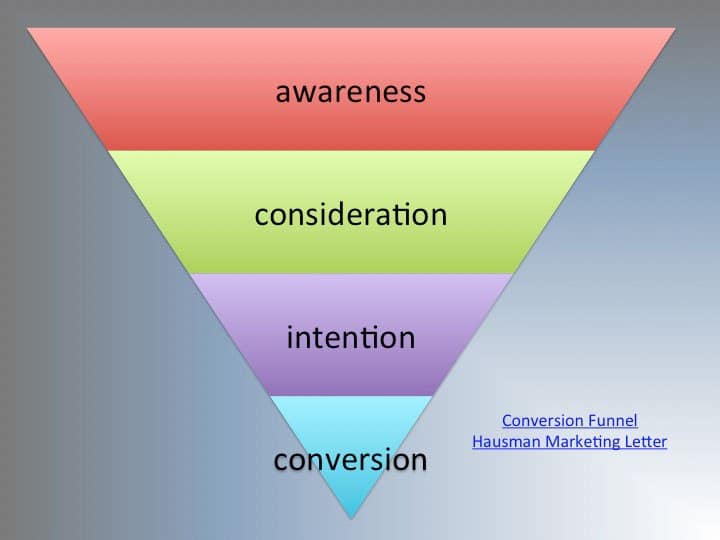
Awareness
Awareness is the critical first step and without awareness, there is no journey. Hence, the goal at this stage is to create content and spread it as widely, across as many channels as possible. In this stage, we’re concerned about SEO, paid advertising, and influencer campaigns designed to drive potential customers to our stores (online and off). This is where companies focus most if not all their attention. You can read more about content the drives customers into the top of the funnel here if you’re interested.
Consideration
Awareness isn’t enough to drive purchase. Even for impulse buys, you need more than awareness to drive purchase. The next stop down the funnel is consideration.
Notice in our image, the narrowing of the funnel at the consideration stage (as well as increased narrowing as we move toward conversion). The narrowing is a reflection that you’re losing potential customers from the funnel, meaning they’re no longer moving toward conversion.
And, that’s a bad thing.
You worked so hard, and spent so much money, bringing visitors into the funnel. You need content that drives the customer journey further down the funnel and that’s where many brands lose focus.
So, what content drives the customer journey beyond awareness? Let’s think of our digital marketing the way we would a professional salesperson. How does a salesperson drive prospects toward conversion?
First, salespeople learn to solve problems, understanding that’s what drives customer purchase. So, what are the problems visitors are trying to solve by visiting your website? Now, create content that demonstrates your products solve their problems.
As a concrete example, solving their problems means creating impactful search criteria that let visitors find the exact products they want fast and helps them weed through 1000s of options so their choice is easier. As a user, I can tell you that this is where some websites truly fail. My daughter was looking for a wedding dress recently and we to the big estores to narrow our search before visiting their brick and mortars. The search options were meager and forced us to look through hundreds of potential dresses, making the process frustrating.
If you were the marketing director for this store, think how visitors would search for dresses. For instance, length is probably important. If you’re having a big wedding, a long train is important, but for a beach wedding, which is what we were having, you need a shorter dress. And, maybe the bride has her heart set on a mermaid dress, shouldn’t she be able to search by style. Ideally, I’d love to set parameters so that I was only given 3-5 options to choose from in each combination of style, color, length, price. Other brides might be more motivated to purchase based on brand name. Hence, it’s important to allow different visitors to create their own search results matching just what they’re looking for.
Once you’ve made it into a user’s consideration set, it’s important to generate new, interesting, informative content delivered across multiple platforms to keep your product in the running when the user makes the decision to buy.
Intention
Intention to purchase represents the decision to buy a product, which is an important step based on having positive attitudes toward the brand. Building content that drives the customer journey to intention relies on persuasion.
Intension is formed through positive emotions toward the brand, as well a mood, in general. Hence, creating content that is upbeat and informative moves visitors to this stage in the process. Again, thinking like a salesperson, intention requires the company to overcome objections that might form in users’ minds.
Recommendations from peers is a great way to overcome objections, but many sites have a difficult time getting objective endorsements from true consumers.
Conversion
While it seems logical that conversion should follow closely behind intention, there are often factors that interfere with intentions, keeping conversion from happening. The company’s goal should be to make conversion as fast and easy as possible.
For instance, Amazon saw increased conversion when they went to 1-click buying which eliminated most of the steps in the buying process. So, less is probably better than more when it comes to actual conversion.
Offering multiple payment options also helps convert wanters to buyers. Some sites are even taking bitcoin now. If the product is expensive, offering easy access to credit is also important.
Post-conversion content drives the customer journey
While the conversion process stops with conversion, that’s not the end of the customer journey. In fact, keeping satisfied customers is important for the growth of your brand.
So, you need good customer support to help customers if they have a problem with your brand or need help using it properly. For instance, if you sell flour, you might create content containing recipes using flour. The propelled a mostly unknown brand, King Arthur, to succeed.
Brands are trying to be where customers are in terms of providing customer support. For instance, brands have posted office hours on Facebook and Twitter or set up chat on their website to make it easy for customers and prospective customers to reach a live person for help and support.
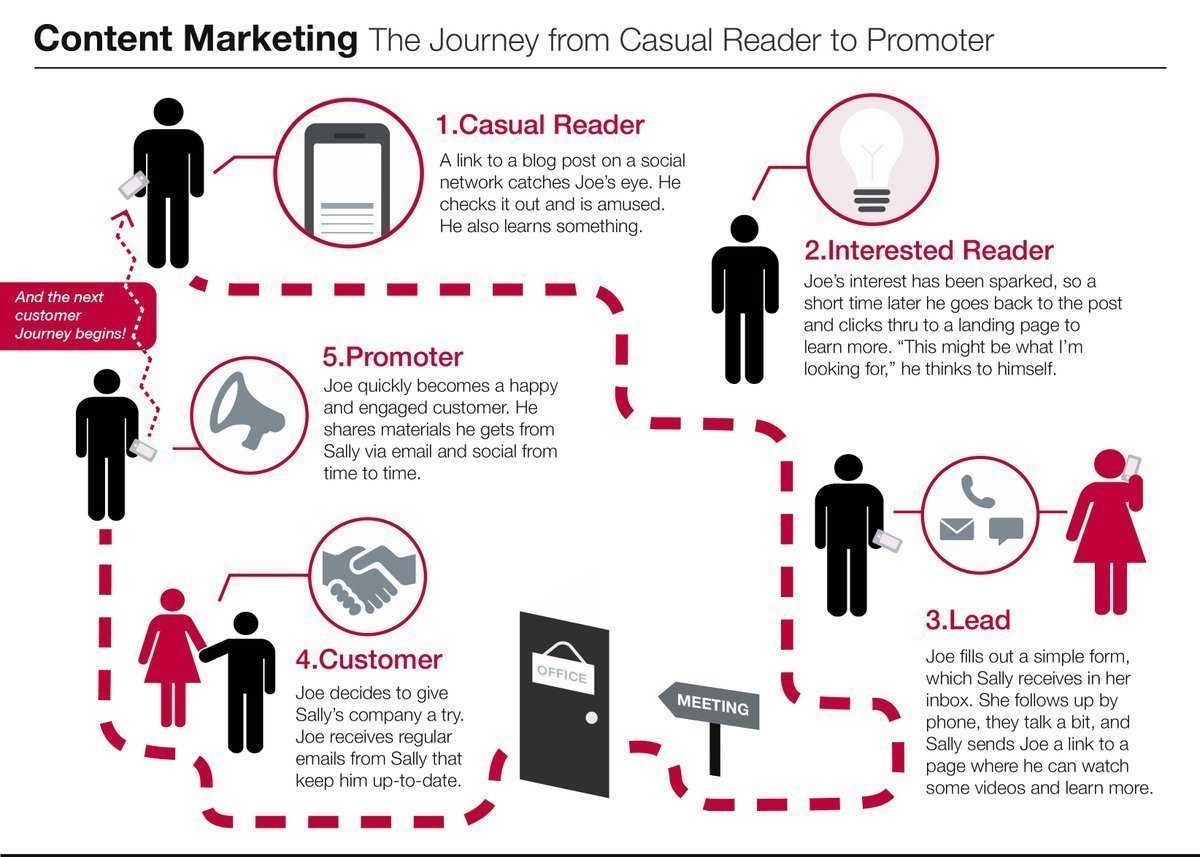

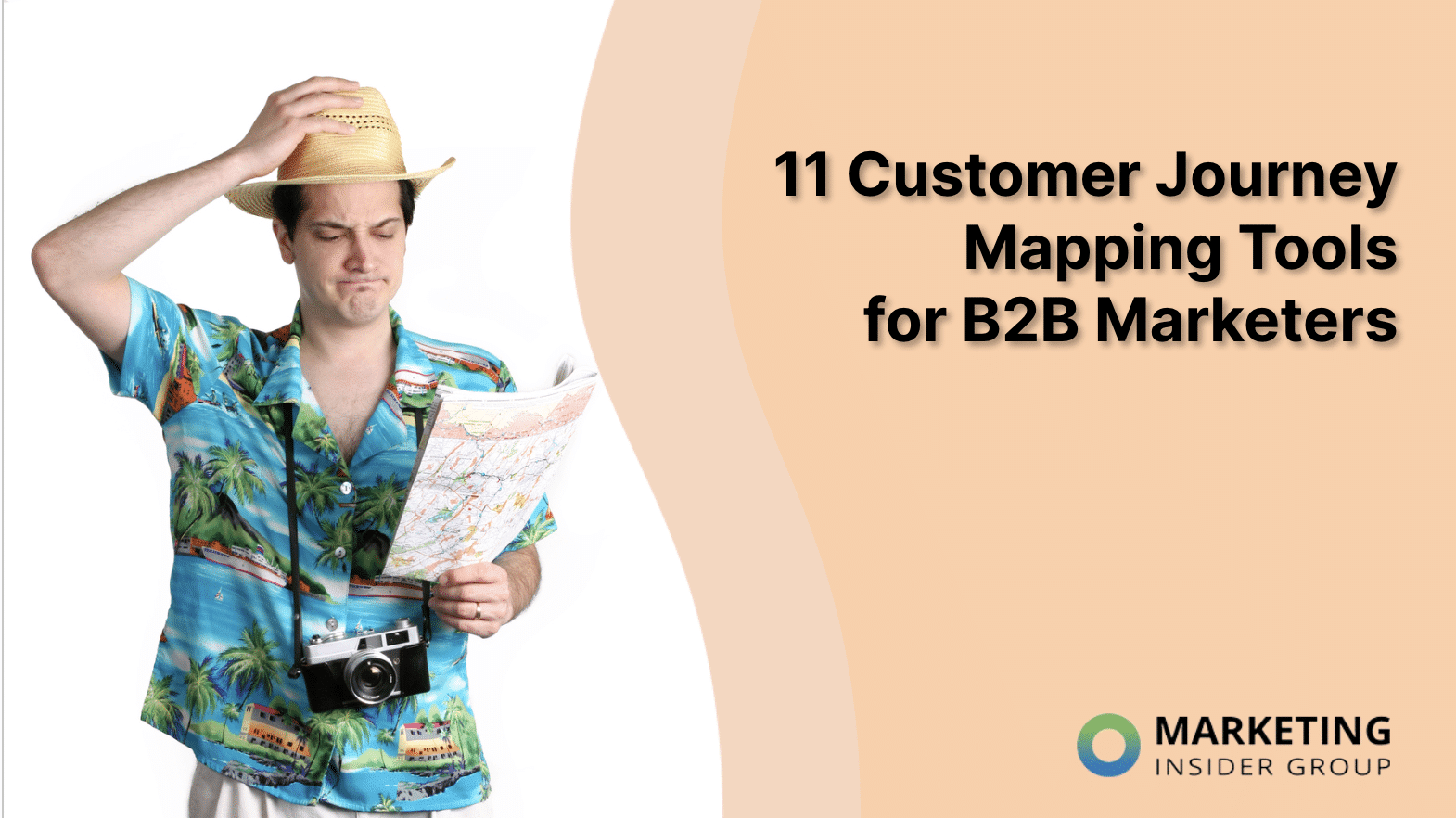
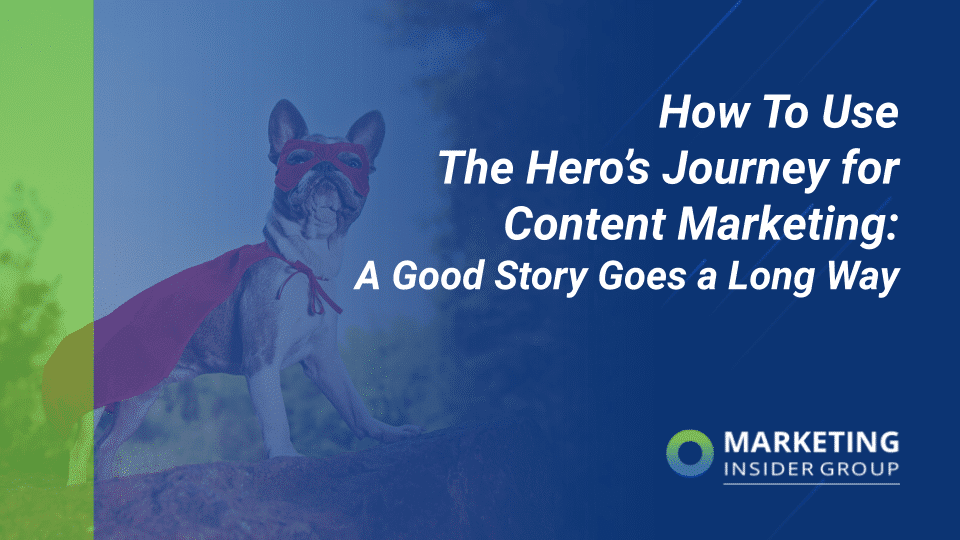
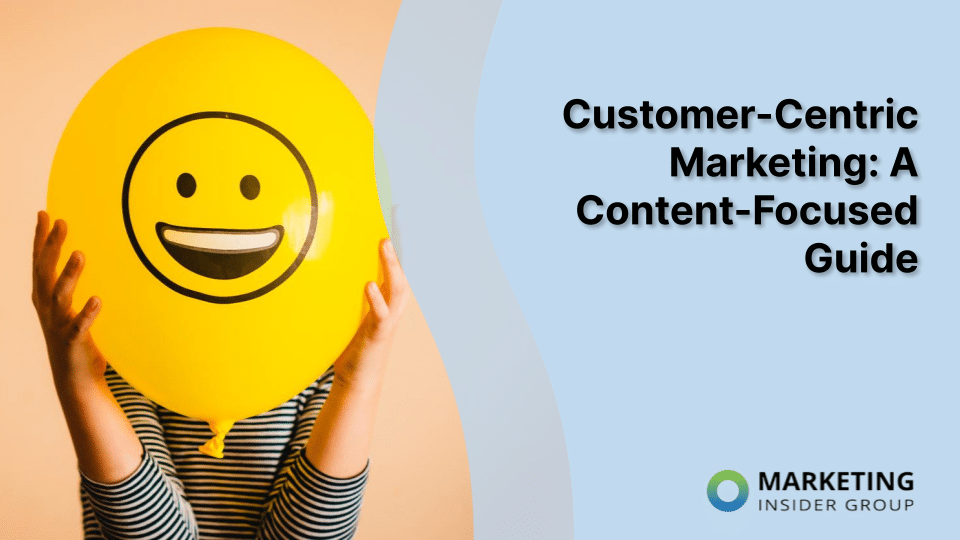



So, I have been working as SEO executive and I always wanted to learn more in this particular field thus, I searched a lot. While going through a lot of articles I realized that Content plays an essential role in SEO and therefore your article helped me shape my mind and I knew I had to learn the tips and tricks to perfect my content, thank you for your article.
Thanks, Abhishek!